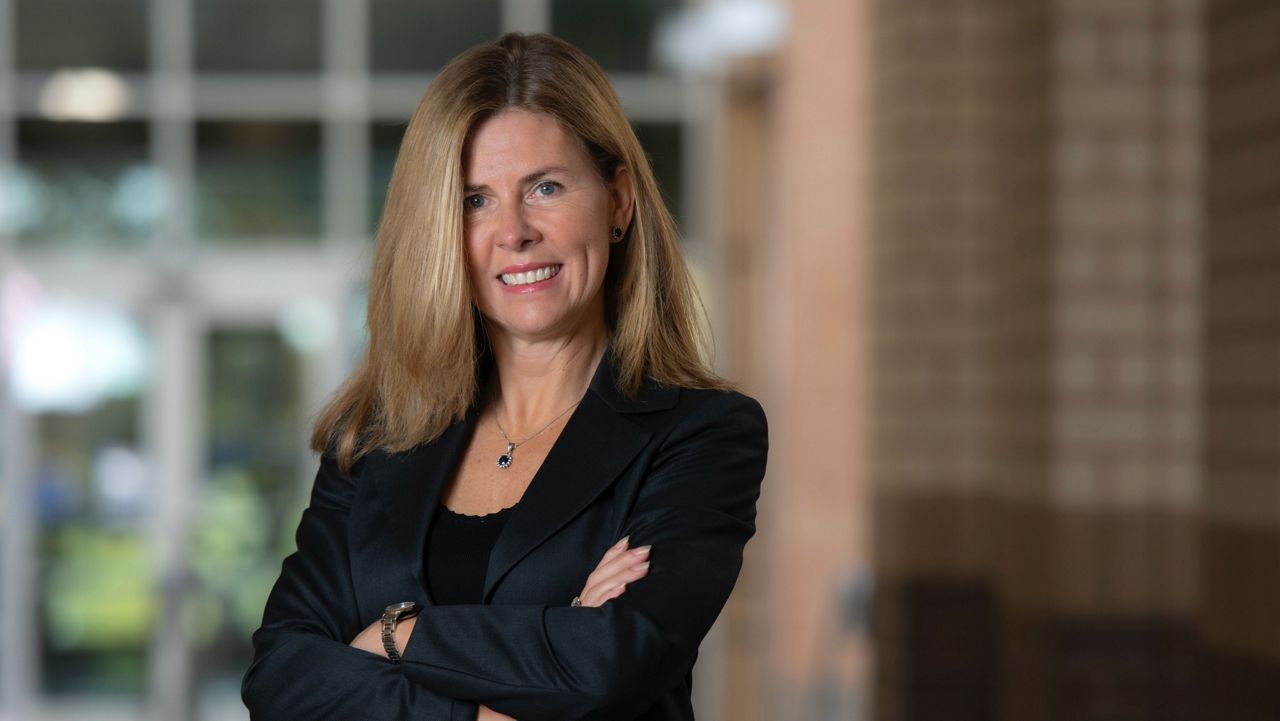IRVINE, Calif. — Beth Cauffman is looking for a better way.
The University of California, Irvine, researcher and professor is studying inmates and what kinds of skills can help them succeed once they depart jail.
Armed with a $1.5 million grant from the National Institute of Justice, Cauffman's study focuses on young men, ages 18 to 25, who will be released from jail in the next three to 12 months.
Her goal is to cut the recidivism rates — the tendency of a convicted criminal to reoffend — among men of that age group, thereby easing the strain on the criminal justice system and improving their abilities to succeed.
The working thesis is that young men, unlearned in the ways of jailhouse politics, are not well-served living and learning from older men who may be regulars in the system.
"Jails don't segregate," Cauffman said. "You can have an 18-year-old sharing a cell with a 50-year-old and that's not a good idea."
Her five-year study, which began Aug. 30, will include a series of programs that will help prepare these young men for life on the outside. That includes the basics, like learning how to get a driver's license or apply for housing—even parenting lessons. If the fundamentals of living are demystified, Cauffman hopes, then perhaps success rates will rise.
The Orange County Sheriff's Department already has an "Inmate Re-entry Unit." The department's research indicates that inmates with the proper rehabilitation are 25% more likely to succeed.
But it doesn't specify an age group. Cauffman's task is to define further the differences among young men and older men who may be less willing to learn.
Her study, called "The Road to Recovery," will cover about 30 men at a time, and once inmates leave, new ones will slide into the vacancies. Cauffman hopes that 75 to 100 inmates will have gone through the study by the end of the study. All within the specified age group will be housed together, and Cauffman said the team would follow the candidates who were not chosen and compare their recidivism rates with the men who did go through the program.
While the inmates are randomly selected, anyone can voluntarily exit the program.
"Forcing services on people is actually counterproductive," she said.
Properly rehabbing inmates for a return to living and working has long been a struggle of the criminal justice system. However, the United States incarceration rates have dipped over the past decade, showing some sign of progress. Now, as marijuana has become legal or decriminalized in some U.S. states, jail houses may still have nonviolent offenders in custody.
COVID-19 reintroduced similar conversations to the spotlight as jails and prisons around the nation were forced to think about who could be released early.
As the nation came to grips with the dangers of COVID-19 and the measures required to protect people, many jails and prisons understood actions like social distancing would be impossible.
Jails and prisons around the country began releasing inmates. The prevailing wisdom was that fewer inmates — especially old or ill ones — would be safer on the outside.
The problem put into focus an ever-present debate in the United States about incarceration rates and whether everyone currently in jails and prisons really needs to be there.
The Orange County jail system reduced its population because of COVID-19 elevating to the spotlight, again, how often released inmates can carry on without new violations.
Sheriff Don Barnes and the county District Attorney Todd Spitzer vigorously opposed the decision.
"A judge's ruling to reduce the inmate population in the Orange County jail system by half will release dangerous and violent criminals back into our neighborhoods to commit more crimes and victimize more people," Spitzer said in a statement last year. "This is not fear-mongering; it is a fact."
Establishing a better formula, tweaked as needed, can give the criminal justice system more potent tools, Cauffman hopes.
Right now, her study doesn't account for prison inmates or women, two areas she's hoping to get to in the future.
"We don't know if it's going to work. That's why we're doing it as a study," she said. "But right now we do things without testing to see if it works."



